5 Interesting Theories About What Lies Beyond Our Universe
One of the most mysterious questions we still have no ‘right’ answer for
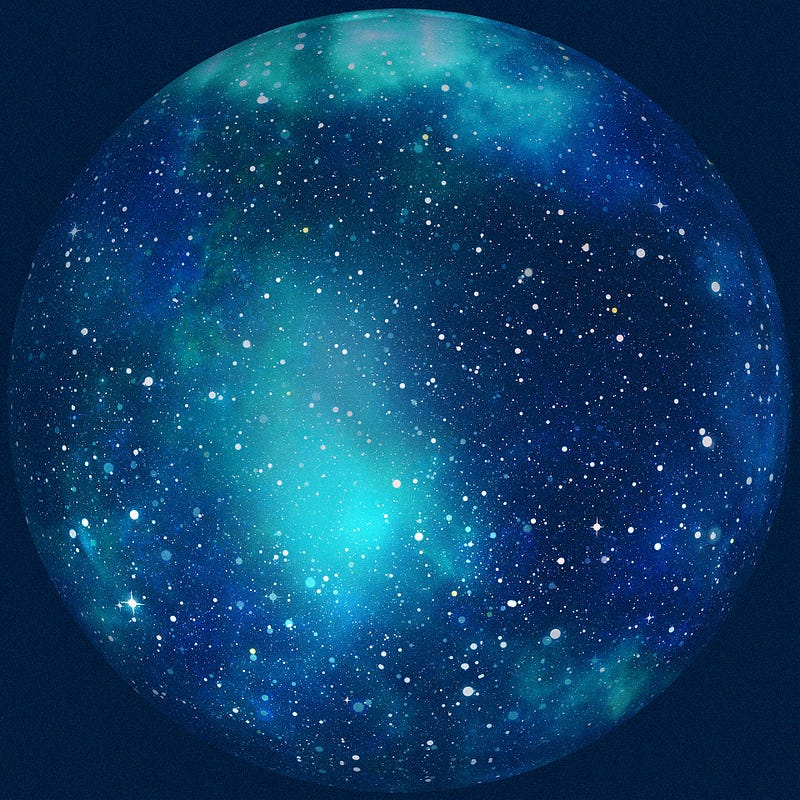
In a past article, I talked about human death as one of the topics that still bothers me, as we have no one right answer for what happens to us when we truly die.
But an even more mind-boggling question that keeps me wondering to this day has a far greater scale. What lies beyond the boundaries of our observable universe? I’ve found 5 equally plausible and yet not provable theories regarding the great beyond.
What is the observable universe?
First, let’s talk about what the observable universe actually is. Then we can speculate about the beyond.

The observable universe includes all the space we can observe and measure based on the light that reaches us. Our universe is approximately 13.772 billion years old. This means that everything further away than light can travel since the beginning of our universe, simply hasn’t had enough time to reach us and thus remains unobservable. It’s pitch black.
The problem with this is that it’s not a technical limitation. It’s not that we’re not advanced enough with our technology to peek behind that mysterious veil. It’s simply a limitation due to the speed of light itself. The same way you can’t read a letter that hasn’t arrived yet.
Furthermore, the universe itself is expanding at an increasing rate, which means that the mysterious border is moving further away from us. A radio signal from earth would technically never be able to reach the edge, even if it traveled towards the edge for an infinite amount of time.
If the universe is constantly expanding, what is it expanding into? If you were to fly towards the edge of the universe, what would you see?
Theory 1: Outside lies an empty void
One theory suggests that the great beyond of our universe might simply be an infinite, empty void of nothingness. I don’t like the concept of nothingness as I have stated in my article about death. Because nothingness is something we simply can’t comprehend. Note that a vast black space is not “nothingness”, it’s a vast empty space and therefore something.

We can’t comprehend a real “nothing” as it is not observable and eludes any description. It’s the absence of everything. Even more, could an infinite space exist at all? As far as we know, everything in existence is finite. Even things that are seemingly infinite now, are merely close to infinity, but never truly infinite.
Theory 2: We are inside a black hole
Another interesting phenomenon might be a possible answer to our very own universe. Black holes are stellar objects that come into creation when dying stars collapse under their own mass, forming an incredibly dense singularity.
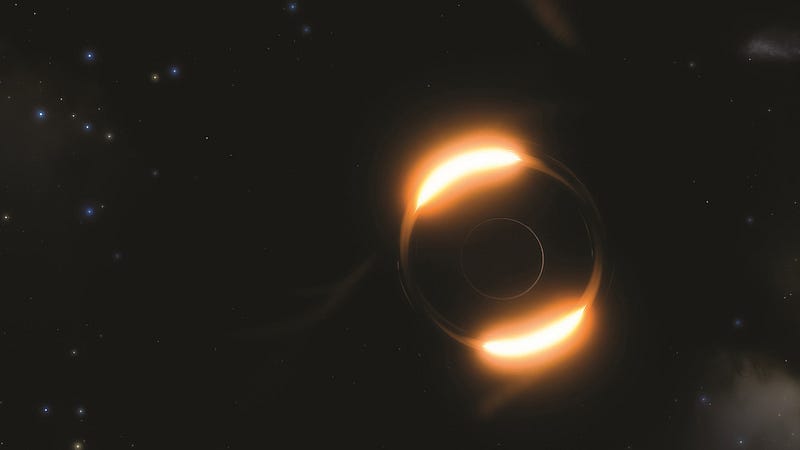
Black holes bend spacetime itself to such extremes that nothing can escape their gravitational pull past what’s defined as the event horizon. Not even light. What lies behind the event horizon of a black hole remains a mystery, much like the border of our own universe.
What if our universe is nestled inside one such black hole? The reason it is seemingly expanding, pushing its edge further and further outside our reach with every second passing, so fast that even light can’t reach the edge. Maybe it’s the same force that keeps light from escaping a black hole?
What we observe as gravitational pull from outside a black hole is on the inside an ever-increasing spacetime, pushing the border further away from everything. In the same way, our universe expands.
Theoretical physicist Nikodem Popławski, who was dubbed “the next possible Albert Einstein” by Forbes Magazine in 2015, has proposed another interesting theory. Our universe came from a fraction of a much bigger universe, which got sucked into a black hole and compressed until it reached an unfathomable, dense state. This core fragment, affected by gravitational spin, then exploded violently, forming our current universe as we know it. This core might be the source of our big bang.

Theories about black holes describe the event horizon as a point at which spacetime bends faster than light. This is why light can’t escape. It is not fast enough to reach the edge. The same thing happens with our own universe. The expansion of the universe itself — the spacetime — is much faster than the speed of light. So are we caught inside a giant black hole?
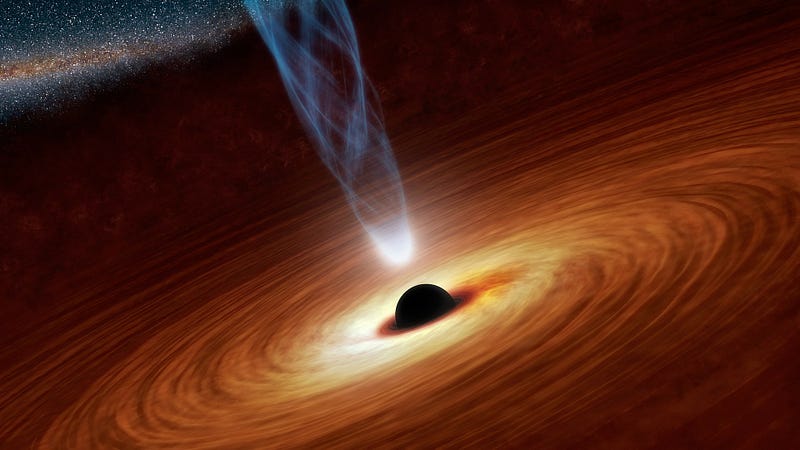
This could also mean that every black hole in our own universe may contain other universes. Each of these phenomena may contain a universe much like our own. And outside of our universe might lie a much bigger universe. We’re merely confined in a black hole inside of it.
Theory 3: Outside lies just more of the same universe
Another theory suggests that the not yet observable part of our universe contains more universe. Nothing else. More stars, galaxies, and clusters in an infinitely expanding space.
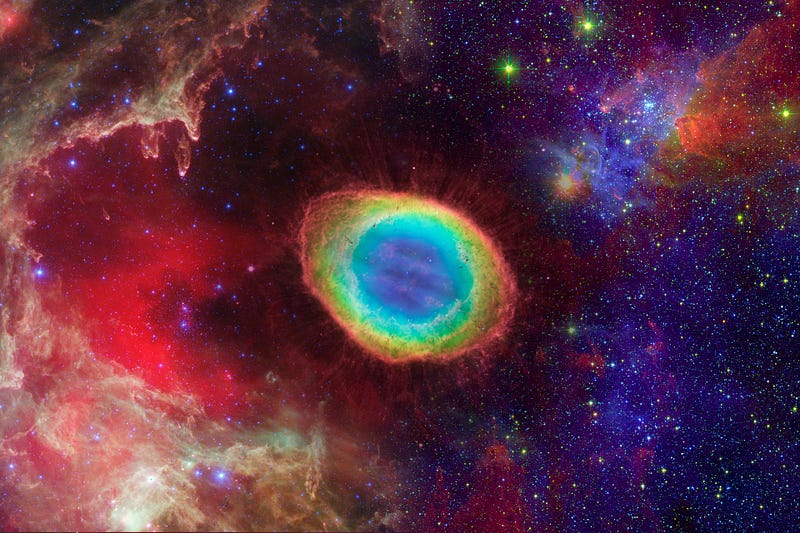
This would also make this theory similar to another assumption called “Multiverse Theory”. If space truly expands infinitely, then there must also be infinite repetitions of our own universe, our own planet earth. With the single infinite universe, there must be an infinite amount of “Earths” within somewhere. After all, there is a limit to how much you can create with atoms, even if that limit is incomprehensibly high.
But if our universe is constantly expanding, then what is it expanding into? If our universe has the shape of a balloon being blown up, it expands on its surface. But that room around the balloon, what is it? If our universe is a closed loop, what lies outside that loop? There must be something, right?
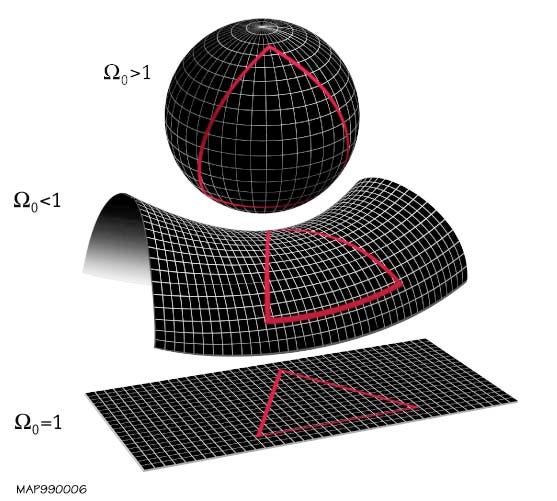
The above image shows 3 possibly geometrical forms of our universe. But no matter which one you pick, there’s an “inside” and an “outside”. Another dimension. Something beyond.
Theory 4: Dark Flow from outside
If we follow common cosmological models, the spread of galaxy clusters in our universe due to expansion and inflation should be random. However, Kashlinsky et al. have claimed to have found a certain pattern, showing that some parts of the universe are being pulled stronger than others. This pull must stem from a strong force originating outside our observable universe.
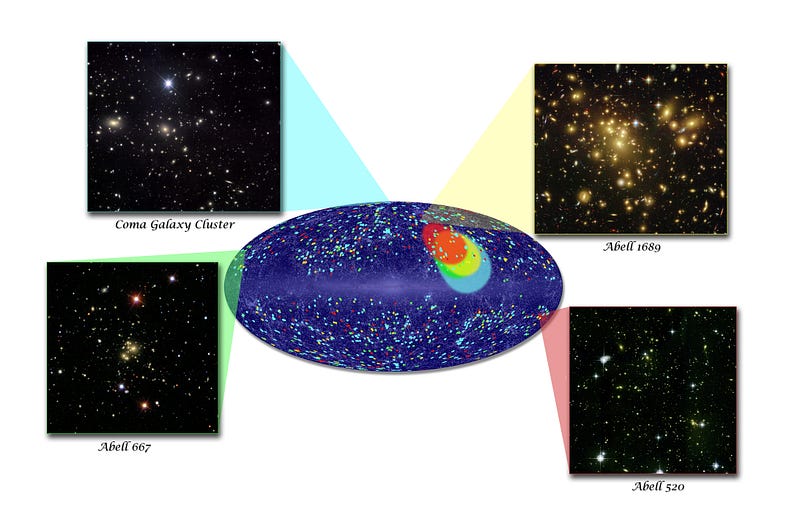
Originally, it was thought that this unobservable outside force could be a black hole too. But if it were a black hole, then the speed of the clusters would accelerate exponentially, the closer they get to the black hole. Their speed, however, has been quite constant and a black hole being the cause for this gravitational pull seems unlikely.
Another scientist, Dr. Richard Holman, predicts that this outside force might be exerted by another universe lying outside our vicinity.
These claims are still being disputed, but provide an interesting theory about something strong lurking outside our universe, having a strong influence on the movement of its expansion. And Dr. Holman’s take on this opens up the door to another popular theory.
Theory 5: Our universe is part of a multiverse
One of the more popular theories consists of a “Multiverse”, a collection of countless universes that float around in bubbles next to each other. Each universe consists of an alternate reality.
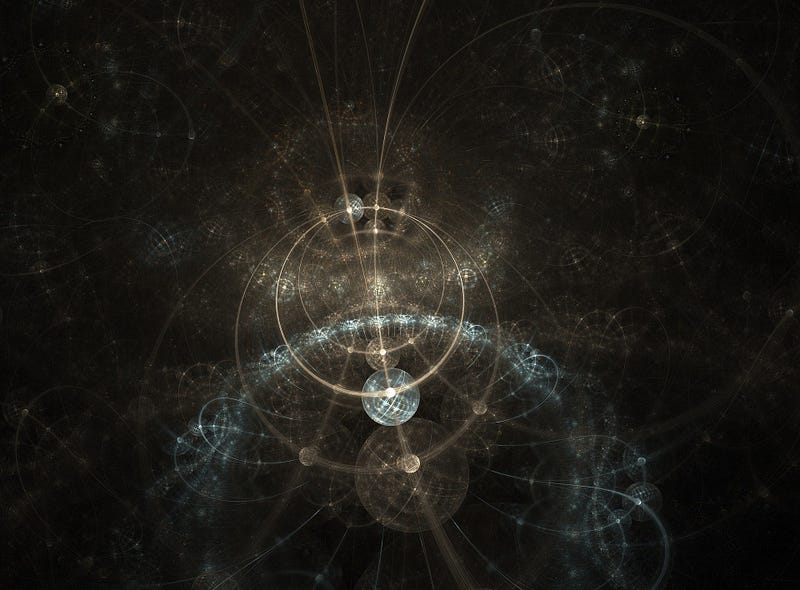
With that theory and its approach to infinity in mind, it is plausible to say there exists a universe where your life is exactly the same as it is now, with the sole exception that you work as a rollerskating clown. In another one, you were never born. And in another one, you are a serial killer.
The multiverse theorem describes all these universes floating around next to each other in an empty space, disconnected from each other. Each one containing a different reality, like a bubble. And some people speculate that you might be able to cross into another reality by passing through a wormhole or a black hole.
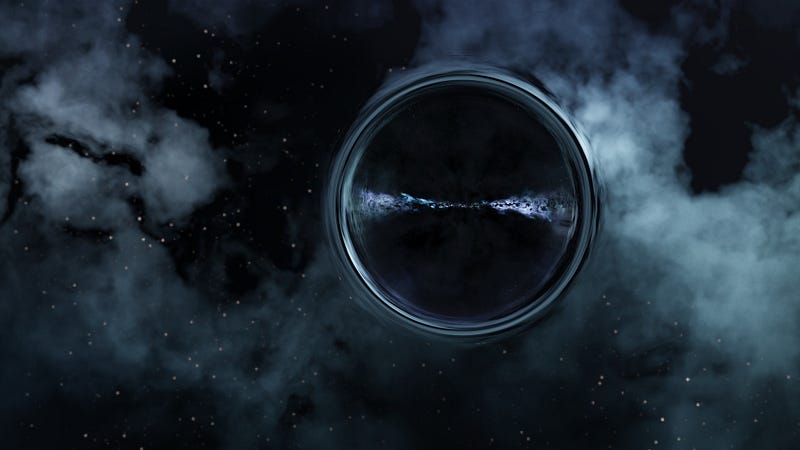
This brings us back to my favorite theory about us being stuck in a black hole. Because that would mean by jumping into another black hole, we might jump into another universe.
We likely will never get the right answer to what truly lies beyond
Since the universe expands faster than even light can travel, we’ll likely never be able to reach or see the border. What lies beyond may remain a mystery even long after humanity has perished.
And while the current expansion and passing of time reveal new galaxies and stars whose light just starts to reach us, these newly found stars and galaxies will become dimmer due to redshift as light has to travel longer. The furthest stars and galaxies will simply turn invisible.
Whether it’s a multiverse, a great nothing, or another galaxy outside of a black hole, we’ll likely never learn the answer to it. We’re left with speculations and theories about what lies beyond.
What do you think? What’s your take on the great beyond? Let me know in the comments!
Kevin is an editor and writer for the ILLUMINATION and Polyglot Poetry publications. Follow him on Twitter and LinkedIn. Here are three stories of other writers I recommend:





